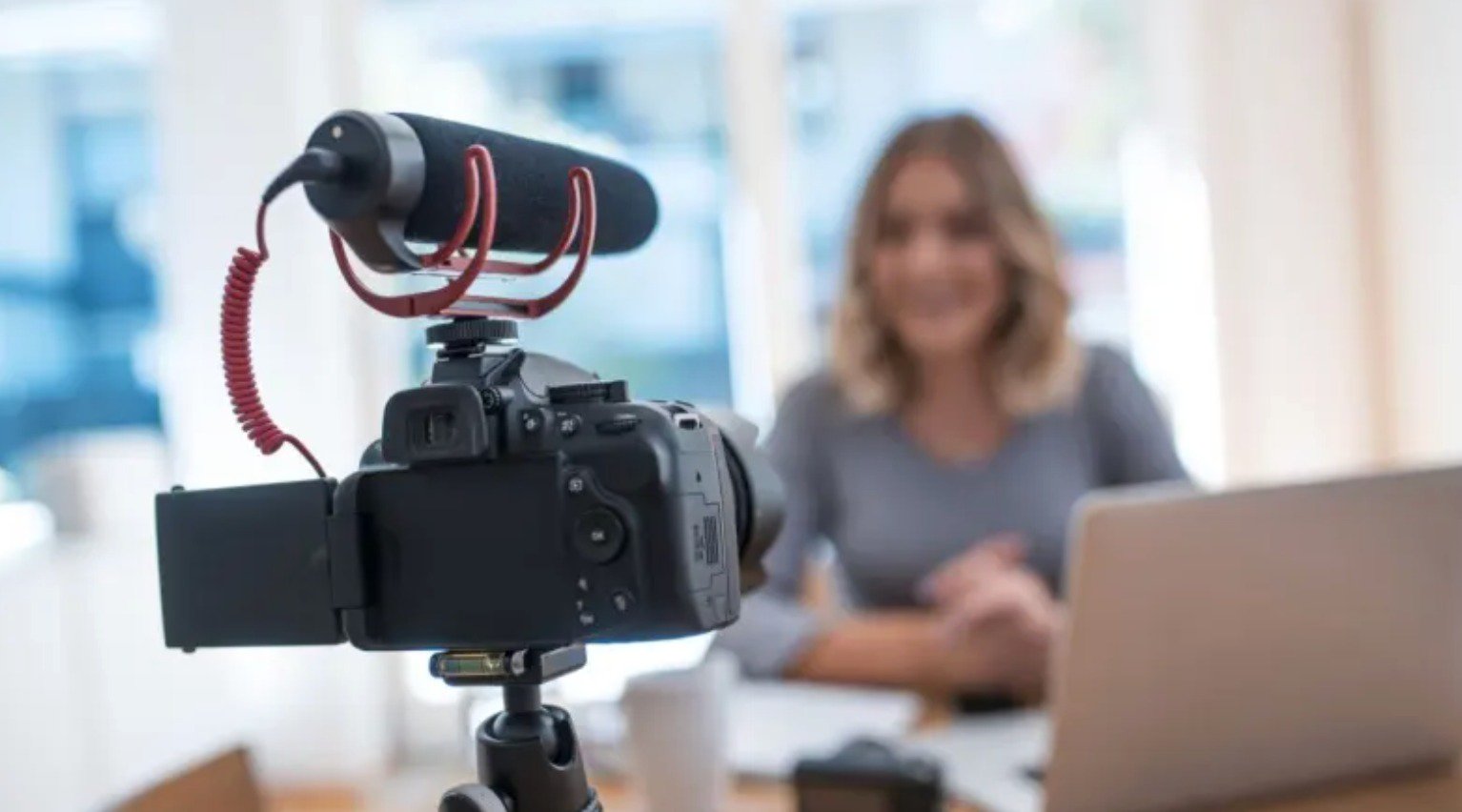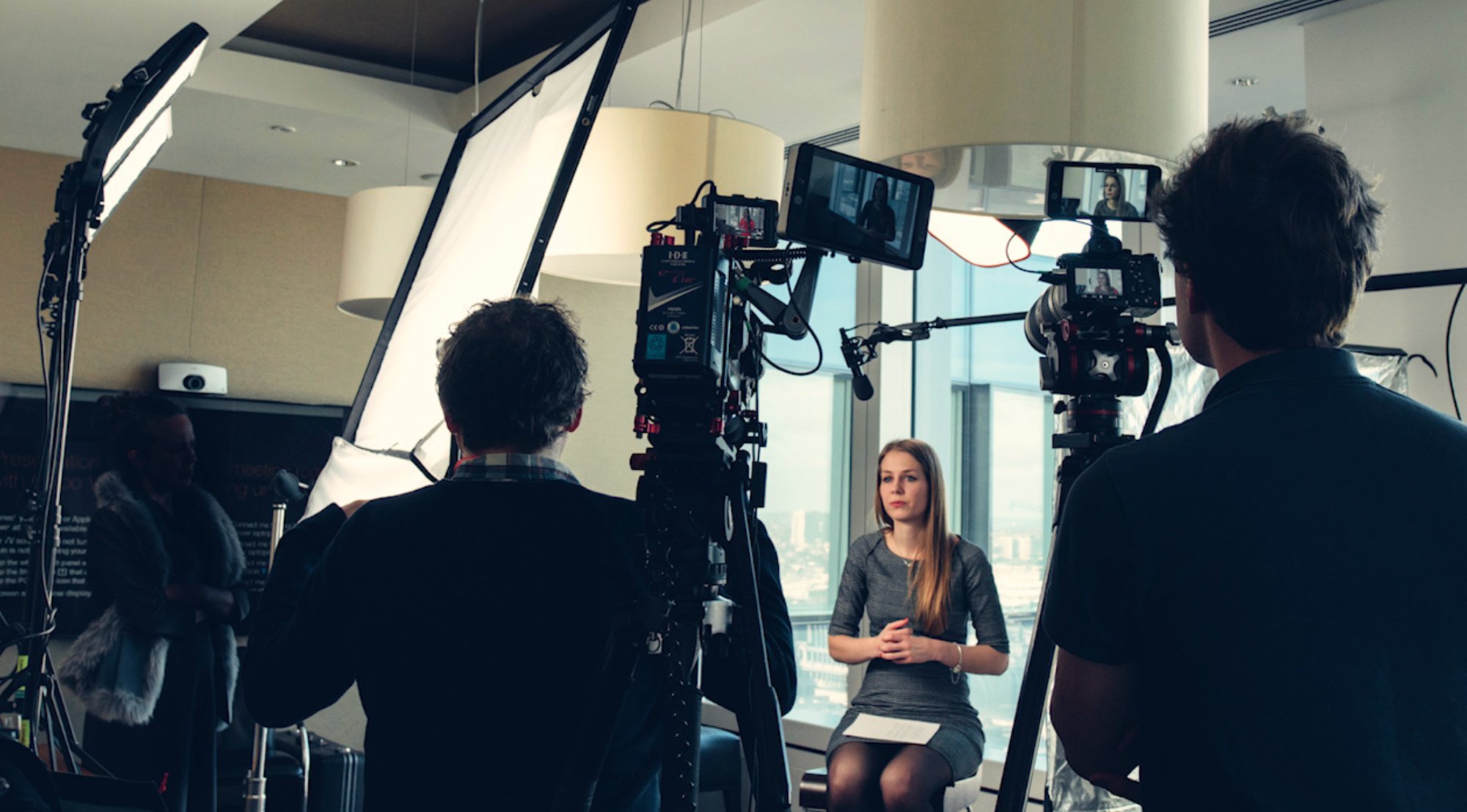If you use YouTube in your marketing strategy, but still aren’t sure which aspect ratio to use, you’re not alone.
While YouTube is certainly a valuable source of entertainment, it is also an incredibly effective platform for marketers. In fact, YouTube is the second-largest search engine in the world. YouTube users see videos and they take action, a whopping 70% of YouTube viewers report buying from a brand after seeing the brand’s content on YouTube.
But businesses experimenting with YouTube need actionable strategies that keep viewers engaged with your channel and watching your videos.
A big part of those strategies involves the quality of your video, which is significantly impacted by the YouTube aspect ratio. Getting your arms around the concept of aspect ratio and how it impacts viewer expectation and viewer engagement is incredibly important for the performance of your video.
In this post, we'll explain what aspect ratio is, why it’s important for both viewer engagement and conversion rate, how to optimize YouTube aspect ratio, and share a few examples.
What Is youTube aspect Ratio?
Think about the photos you see when you pull up Instagram. Neat uniform squares, right? Now think about what you see when you pull up YouTube. Widescreen rectangles.
These are your aspect ratios. For Instagram, it’s 1:1. For YouTube, the best practice is 16:9 (landscape) or 9:16 (portrait).
Aspect ratios allow you to:
- Properly present and frame the content you’re capturing
- Helps your audience view the content in the way you initially intended
- Optimizes your content so that the majority of your audience will experience it properly on the most popular platforms and devices
Your screens and the images you see all have recognizable shapes. Aspect ratio is what we use to describe the fixed proportions, how the width compares with the height, of these shapes. It’s important to point out that while aspect ratio will help you understand the shape of an image, the aspect ratio won’t specify the image’s actual size.
Aspect ratios are inflexible. And best practices in UX design is all about being responsive. aspect ratios become somewhat antiquated because they’re inflexible and good digital design is responsive.
This begs the question: why are we still talking about the aspect ratio?
Designers continue to cross-collaborate within websites and apps. So it’s likely they will need to be able to understand and discuss the concept.
Plus, even though the aspect ratio might seem antiquated, if you don’t get it right, your video can appear stretched or squeezed when resized on different devices.
Preserving aspect ratio will help avoid the unsightly warping that happened to Disney+ when the platform tried to stretch classic episodes of The Simpsons from the original 4:3 aspect ratio to today’s more modern 16:9 displays. (Fortunately, you can still watch The Simpsons in its original aspect ratio with a few minor tweaks.)
Youtube Aspect Ratio Drives Video Quality and Engagement
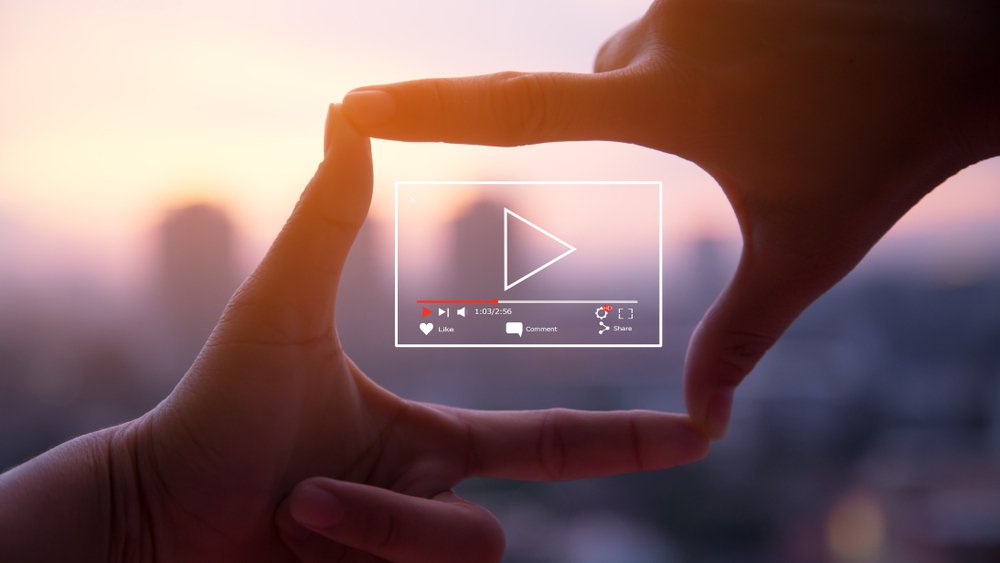
If you overlook the aspect ratio in your videos, you could see these damaging results:
- Key messaging or key shots can get cropped out of your video
- You might not be able to publish completely to some platforms
To ensure that your target audience actually opens and watches your videos, you must deliver the highest quality video possible. Poorly shot or edited videos can do great damage to your brand and have potential customers clicking away in no time.
That’s where YouTube video resolution, dimensions, and aspect ratio comes in. All of these elements contribute to the size and the quality of the video.
When you upload a video on YouTube, the platform automatically makes that video available in a variety of sizes. So, when you decide to stream any video on the platform, you can choose the size for your video. Too often marketing professionals will randomly select the size without really understanding which is the best option.
Before you begin uploading videos to the platform, determine the right specs for your video.
Size Matters
When creating a video, you must consider video size, resolution, length, and aspect ratio.
Size and Resolution

When you’re selecting video sizes, it’s good to know that larger dimensions require more data and faster speed.
If your target audience is on the move or likely to have poor connectivity, you can use resolutions as low as 144p. But if you know your audience will be securely connected and you want to deliver the highest-quality viewing experience, opt for higher resolutions.
YouTube itself ascertains the speed of your broadband connection and your device to decide the screen resolution. That said, you still have complete control over the resolution of your videos.
Length
The optimal length of your video will vary depending on what the viewer wants. YouTube has a maximum of 12 hours per video, which is the longest of any network. At Levitate Media, we find the bulk of videos we produce range from 15 seconds to 3 minutes in length. That said, longer videos, about 10 minutes in length, are becoming more popular as well.
During the first half of 2021, we’ve seen an increase in client requests for their videos to be delivered in various lengths for different distribution channels and in multiple YouTube aspect ratios.
Aspect Ratio
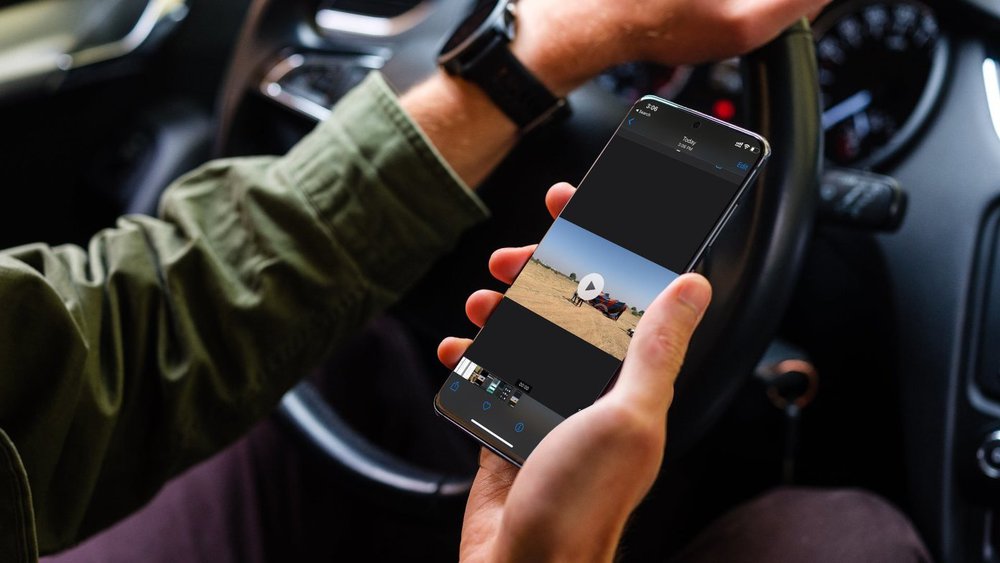
It’s important to get the aspect ratio right in order to achieve high-quality video.
Previously, the typical final video format was a 16:9 rectangular video file, and that was the only layout that was needed or requested. However, in order to share a single video through different forms of social media, a client might now request 4 or 5 variations for a single video.
These aspect ratios are now common requests:
A 16:9 aspect full-length version for website and YouTube aspect ratio
A 4:5 aspect condensed version for Instagram promoted content
A 1:1 aspect condensed version for Instagram and Facebook organic timelines.
A 9: 16 aspect full version for Instagram stories (vertical video)
What Else Do I Need to Know About Aspect Ratio?

While creating a video that will adapt is certainly possible, it takes a concerted effort to preserve an aspect ratio that will include:
- During pre-production, ensure the video shots are framed so they can be cropped accordingly for each ratio.
- Make sure that the key actions in the scene are in the center of the frame, regardless of video size.
- Consider how your video will be used vs. how you intend it to be used. Pay attention to how images with varying aspect ratios will crop and appear on different devices that have different screen sizes.
- Ensure your video responds with the page size. If your aspect ratio is locked down, the video will look great even when the browser is scaled down.
With effective planning, you can maximize the content your video production team is able to capture in a single shoot and drive efficiency. Pre-production conversations can make a huge difference in delivering a seamless experience for your users and potential customers.
Examples of Varying Aspect Ratios
The content below was all created in a single shoot, allowing this company to promote itself through several social media outlets.
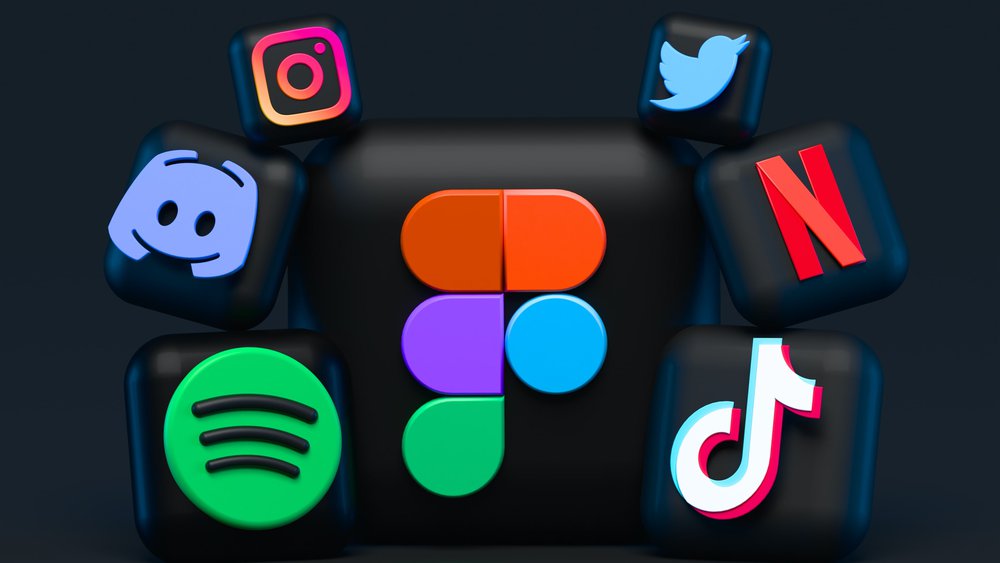
Traditional 16×9
9×16 for Instagram stories
4×5 for Instagram promoted content
1×1 for Facebook
Aspect Ratio Calculator

As your designers work to crop and convert content to accommodate various mediums, it’s important to have an easy-to-use aspect ratio calculator that you feel comfortable using.
Below are a few aspect ratio calculators to check out:
Frequently Asked Questions
- Why does aspect ratio matter in YouTube videos?
It directly affects how your video displays across devices. A mismatched ratio can lead to black bars or cropped visuals. For content formatted for every screen, visit Levitate’s Social Media Video Services.
- Can changing aspect ratio improve video performance?
Yes, matching your aspect ratio to viewer behavior (like vertical for mobile) can boost watch time and engagement. Learn more in the blog on Video Speed Controllers.
- What’s the best aspect ratio for embedding YouTube videos on a website?
16:9 is still the most reliable and widely supported. If you’re combining embedded video with branded layouts, explore Levitate’s Marketing Video Services.
- Are there brands successfully tailoring aspect ratios for different platforms?
Yes, SquareTrade uses custom formatting to optimize their content for YouTube, Instagram, and email without compromising quality.
Learn More About YouTube Aspect Ratio and the Aspect Ratio’s of Other Primary Video Platforms
In the video production world, staying dialed into current trends is vital if your business is going to remain relevant. With social media networks constantly evolving, you must be able to adapt and use video in the most efficient and effective ways. Often this means being able to accommodate multiple, varied mediums to optimize your marketing results.
If you would like more information about how Levitate Media can help your company to maximize a single shoot to help you share video in multiple ways, please contact us today.







